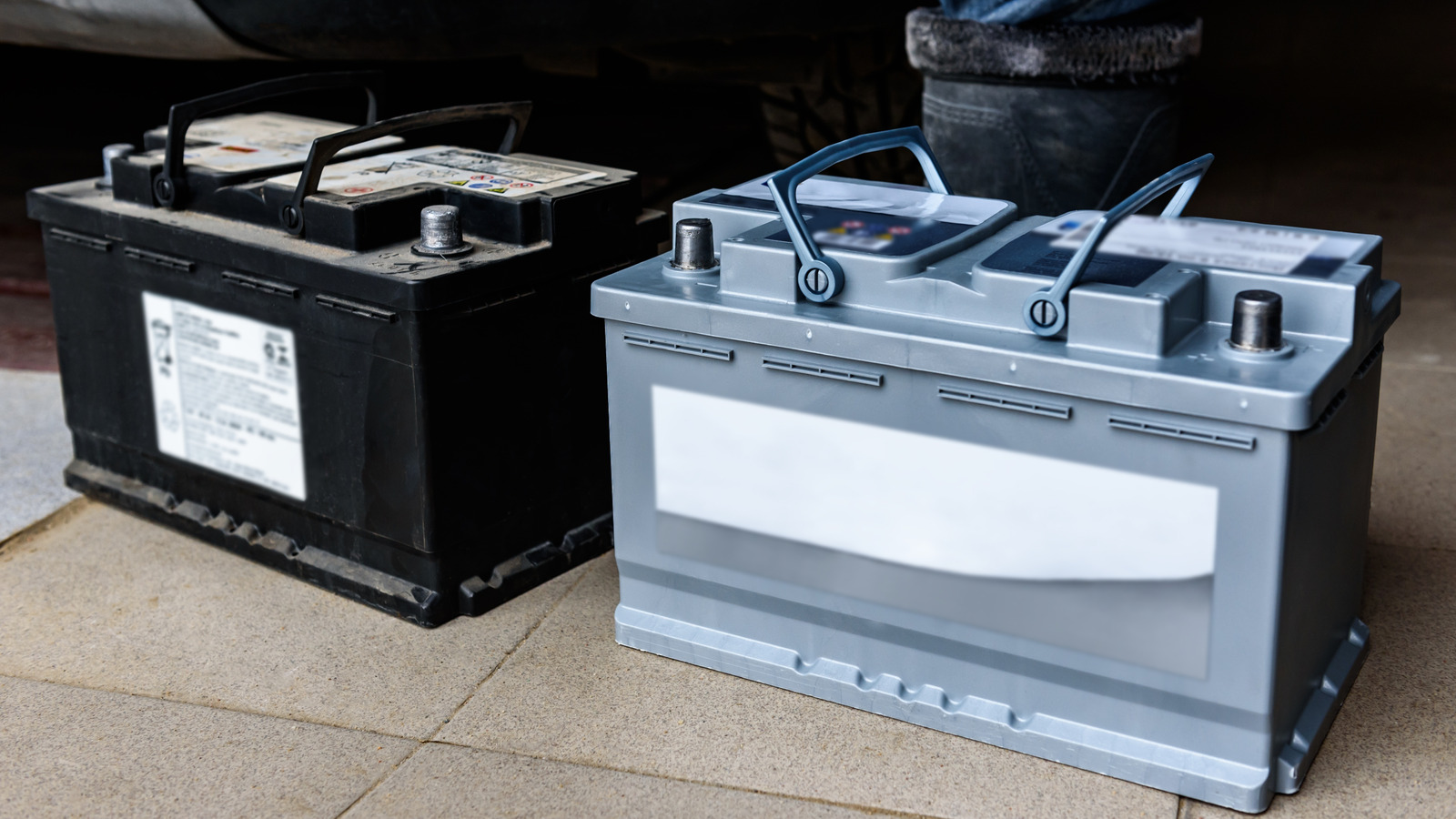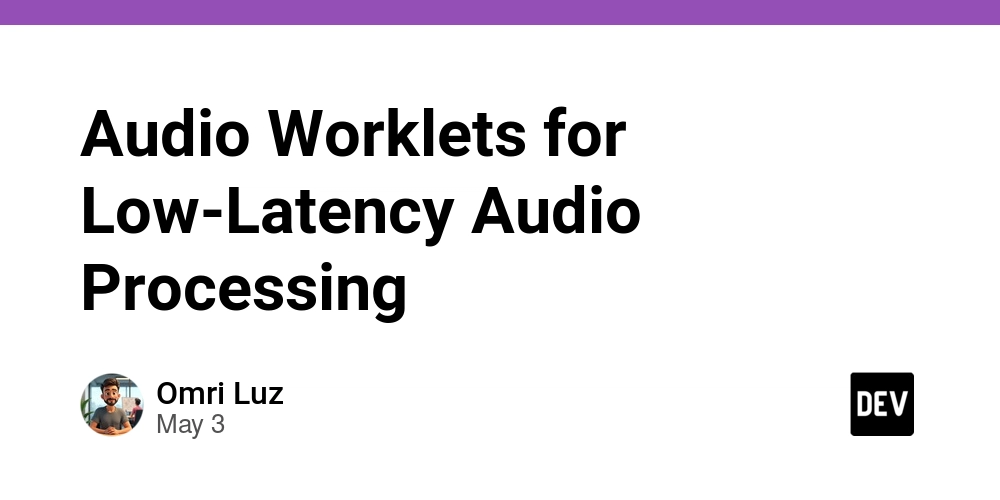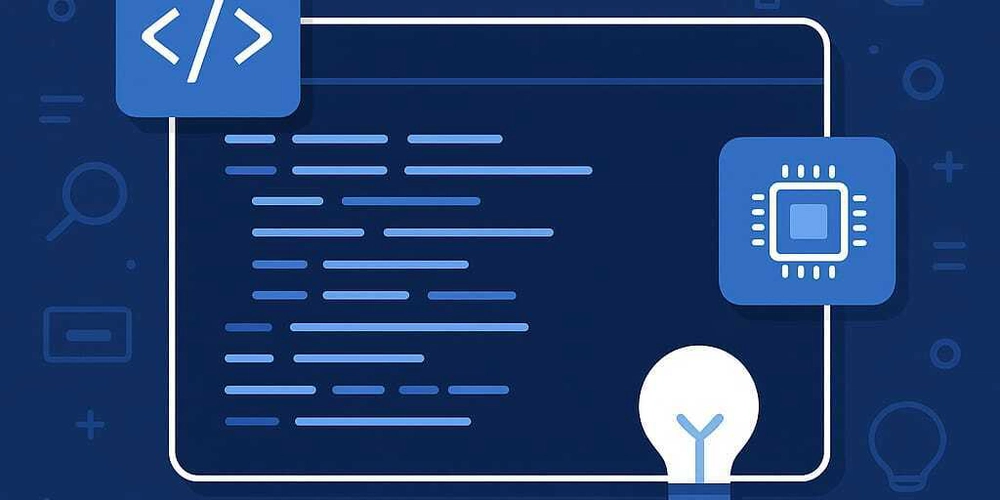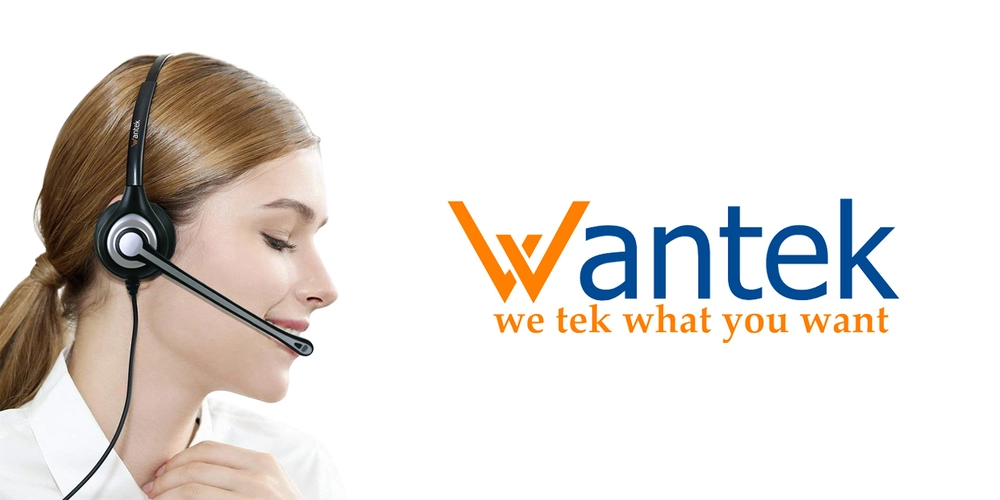Introduction to Data Engineering Concepts |11| Metadata, Lineage, and Governance
Free Resources Free Apache Iceberg Course Free Copy of “Apache Iceberg: The Definitive Guide” Free Copy of “Apache Polaris: The Definitive Guide” 2025 Apache Iceberg Architecture Guide How to Join the Iceberg Community Iceberg Lakehouse Engineering Video Playlist Ultimate Apache Iceberg Resource Guide As data systems grow more complex, understanding where your data came from, how it has changed, and who is responsible for it becomes just as critical as the data itself. It’s not enough to know that a dataset exists—you need to know how it was created, whether it’s trustworthy, and how it fits into the broader system. In this post, we’ll break down three interconnected concepts—metadata, data lineage, and governance—and explore why they’re essential to building transparent, scalable, and compliant data infrastructure. What Is Metadata? Metadata is data about data. It describes the contents, structure, and context of a dataset, giving you the information needed to understand how to work with it. At the most basic level, metadata includes things like column names, data types, and row counts. But it can go much deeper. Metadata can describe data freshness (when it was last updated), sensitivity (whether it contains personally identifiable information), and ownership (who created or maintains the dataset). Well-managed metadata serves as a map to your data ecosystem. It helps engineers understand dependencies, enables analysts to find the right datasets, and assists compliance teams in locating sensitive information. Without metadata, even high-quality data becomes hard to use. Teams end up duplicating effort, making incorrect assumptions, or spending more time asking questions than building insights. Understanding Data Lineage Data lineage is the history of how data moves and changes through your systems. It traces the path from the original source—say, a transactional database or API—all the way to its final destination in a dashboard, report, or machine learning model. Lineage tells you not just where the data is now, but how it got there. Which tables did it pass through? What transformations were applied? Was any filtering, aggregation, or enrichment performed? This visibility is crucial for several reasons. First, it helps with debugging. When a report shows an unexpected number, lineage lets you trace the logic backwards to find the source of the issue. Second, it supports impact analysis. If a schema changes in a source table, you can immediately see which downstream systems are affected. In regulated industries, lineage is also a compliance requirement. Auditors often want to see a clear trail from raw data to final output to ensure accuracy, transparency, and accountability. The Role of Data Governance Data governance is the set of policies, processes, and roles that ensure data is managed responsibly across an organization. It covers who has access to what data, how it should be handled, and how changes are documented and approved. Governance is often misunderstood as being purely about control, but it’s really about enabling trust at scale. In small teams, people can rely on informal communication to manage data. In large organizations, clear governance is the only way to prevent chaos. Good governance defines roles and responsibilities. Who is the data owner? Who approves changes? Who can grant access? It also sets standards for naming, documentation, and data classification so that teams can work together without constant re-alignment. This becomes even more important in environments with sensitive data. Personally identifiable information (PII), financial records, and health data all come with legal and ethical obligations. Governance ensures these datasets are properly secured, audited, and retained only as long as necessary. Tools and Practices To manage metadata, lineage, and governance effectively, many organizations turn to dedicated platforms. Tools like Amundsen, DataHub, and Apache Atlas offer data cataloging and discovery features that make metadata more accessible and actionable. These platforms often integrate with processing engines and orchestration tools to automatically collect lineage. For example, if a pipeline built in Airflow or dbt modifies a dataset, the lineage graph is updated to reflect that change. But tools alone aren’t enough. Teams need practices that reinforce good habits—such as documenting changes, defining clear data ownership, and reviewing access permissions regularly. Automation can help, especially in dynamic environments where datasets are frequently added or updated. But governance must also be embedded into the culture. Engineers, analysts, and stakeholders all play a part in maintaining data integrity and clarity. Bringing It All Together Metadata, lineage, and governance are not isolated concerns. Together, they create a foundation for transparency and trust.

Free Resources
- Free Apache Iceberg Course
- Free Copy of “Apache Iceberg: The Definitive Guide”
- Free Copy of “Apache Polaris: The Definitive Guide”
- 2025 Apache Iceberg Architecture Guide
- How to Join the Iceberg Community
- Iceberg Lakehouse Engineering Video Playlist
- Ultimate Apache Iceberg Resource Guide
As data systems grow more complex, understanding where your data came from, how it has changed, and who is responsible for it becomes just as critical as the data itself. It’s not enough to know that a dataset exists—you need to know how it was created, whether it’s trustworthy, and how it fits into the broader system.
In this post, we’ll break down three interconnected concepts—metadata, data lineage, and governance—and explore why they’re essential to building transparent, scalable, and compliant data infrastructure.
What Is Metadata?
Metadata is data about data. It describes the contents, structure, and context of a dataset, giving you the information needed to understand how to work with it.
At the most basic level, metadata includes things like column names, data types, and row counts. But it can go much deeper. Metadata can describe data freshness (when it was last updated), sensitivity (whether it contains personally identifiable information), and ownership (who created or maintains the dataset).
Well-managed metadata serves as a map to your data ecosystem. It helps engineers understand dependencies, enables analysts to find the right datasets, and assists compliance teams in locating sensitive information.
Without metadata, even high-quality data becomes hard to use. Teams end up duplicating effort, making incorrect assumptions, or spending more time asking questions than building insights.
Understanding Data Lineage
Data lineage is the history of how data moves and changes through your systems. It traces the path from the original source—say, a transactional database or API—all the way to its final destination in a dashboard, report, or machine learning model.
Lineage tells you not just where the data is now, but how it got there. Which tables did it pass through? What transformations were applied? Was any filtering, aggregation, or enrichment performed?
This visibility is crucial for several reasons. First, it helps with debugging. When a report shows an unexpected number, lineage lets you trace the logic backwards to find the source of the issue. Second, it supports impact analysis. If a schema changes in a source table, you can immediately see which downstream systems are affected.
In regulated industries, lineage is also a compliance requirement. Auditors often want to see a clear trail from raw data to final output to ensure accuracy, transparency, and accountability.
The Role of Data Governance
Data governance is the set of policies, processes, and roles that ensure data is managed responsibly across an organization. It covers who has access to what data, how it should be handled, and how changes are documented and approved.
Governance is often misunderstood as being purely about control, but it’s really about enabling trust at scale. In small teams, people can rely on informal communication to manage data. In large organizations, clear governance is the only way to prevent chaos.
Good governance defines roles and responsibilities. Who is the data owner? Who approves changes? Who can grant access? It also sets standards for naming, documentation, and data classification so that teams can work together without constant re-alignment.
This becomes even more important in environments with sensitive data. Personally identifiable information (PII), financial records, and health data all come with legal and ethical obligations. Governance ensures these datasets are properly secured, audited, and retained only as long as necessary.
Tools and Practices
To manage metadata, lineage, and governance effectively, many organizations turn to dedicated platforms. Tools like Amundsen, DataHub, and Apache Atlas offer data cataloging and discovery features that make metadata more accessible and actionable.
These platforms often integrate with processing engines and orchestration tools to automatically collect lineage. For example, if a pipeline built in Airflow or dbt modifies a dataset, the lineage graph is updated to reflect that change.
But tools alone aren’t enough. Teams need practices that reinforce good habits—such as documenting changes, defining clear data ownership, and reviewing access permissions regularly.
Automation can help, especially in dynamic environments where datasets are frequently added or updated. But governance must also be embedded into the culture. Engineers, analysts, and stakeholders all play a part in maintaining data integrity and clarity.
Bringing It All Together
Metadata, lineage, and governance are not isolated concerns. Together, they create a foundation for transparency and trust. They help organizations understand what data they have, how it’s being used, and whether it can be relied upon.
Without this foundation, even the best-engineered pipelines can become liabilities. But with it, data becomes a strategic asset—one that teams can build on confidently, securely, and efficiently.
In the next post, we’ll explore how workflow orchestration ties these pieces together, enabling you to manage complex data pipelines reliably across diverse tools and systems.









































































![Apple Developing AI 'Vibe-Coding' Assistant for Xcode With Anthropic [Report]](https://www.iclarified.com/images/news/97200/97200/97200-640.jpg)
![Apple's New Ads Spotlight Apple Watch for Kids [Video]](https://www.iclarified.com/images/news/97197/97197/97197-640.jpg)














































































































_Inge_Johnsson-Alamy.jpg?width=1280&auto=webp&quality=80&disable=upscale#)




























































































































![[The AI Show Episode 145]: OpenAI Releases o3 and o4-mini, AI Is Causing “Quiet Layoffs,” Executive Order on Youth AI Education & GPT-4o’s Controversial Update](https://www.marketingaiinstitute.com/hubfs/ep%20145%20cover.png)





























































































































































![From Art School Drop-out to Microsoft Engineer with Shashi Lo [Podcast #170]](https://cdn.hashnode.com/res/hashnode/image/upload/v1746203291209/439bf16b-c820-4fe8-b69e-94d80533b2df.png?#)






































































































